
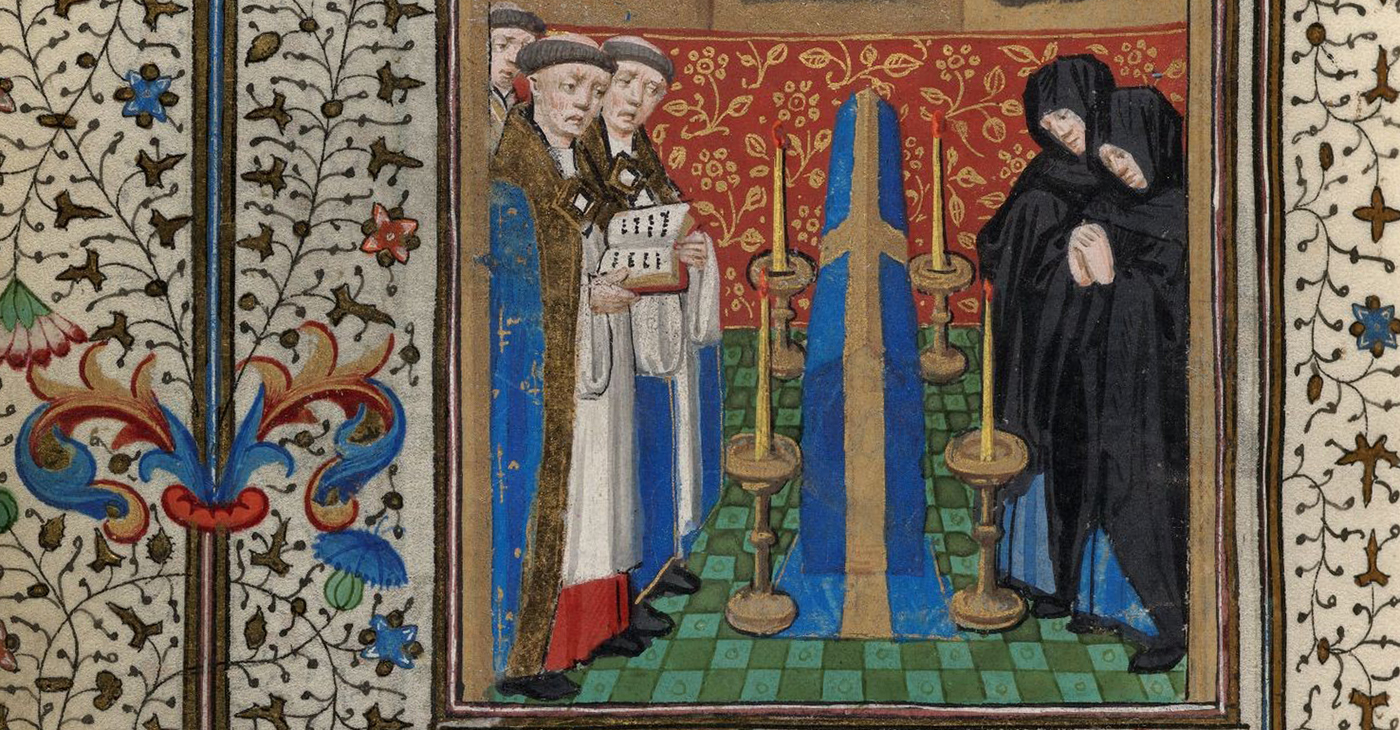
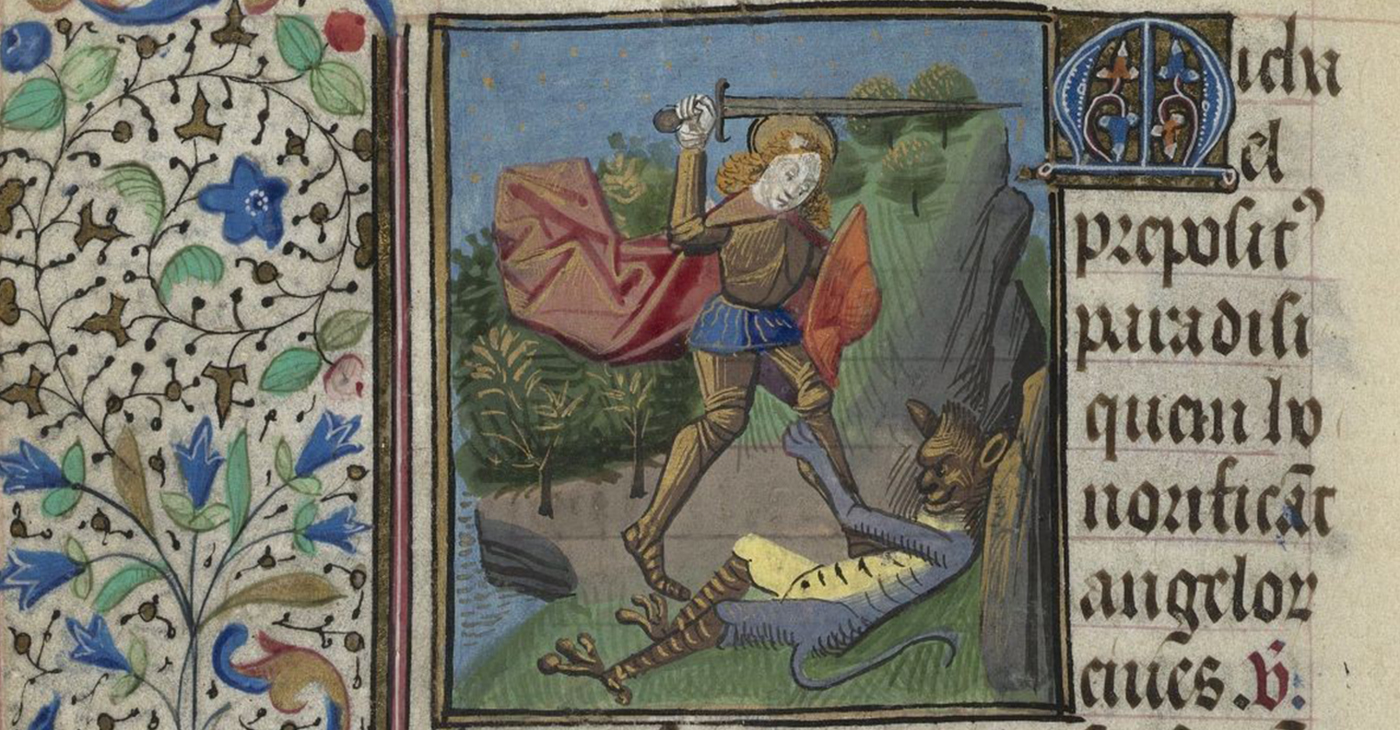
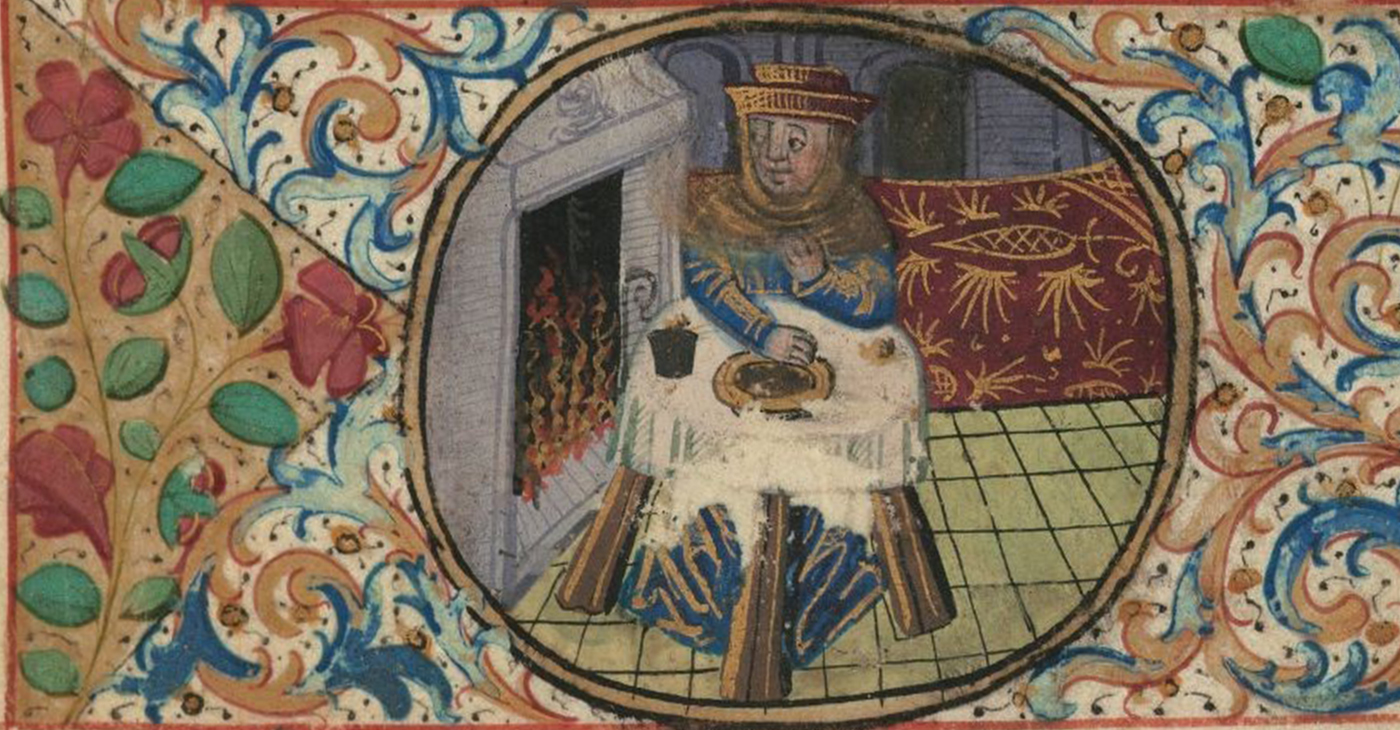
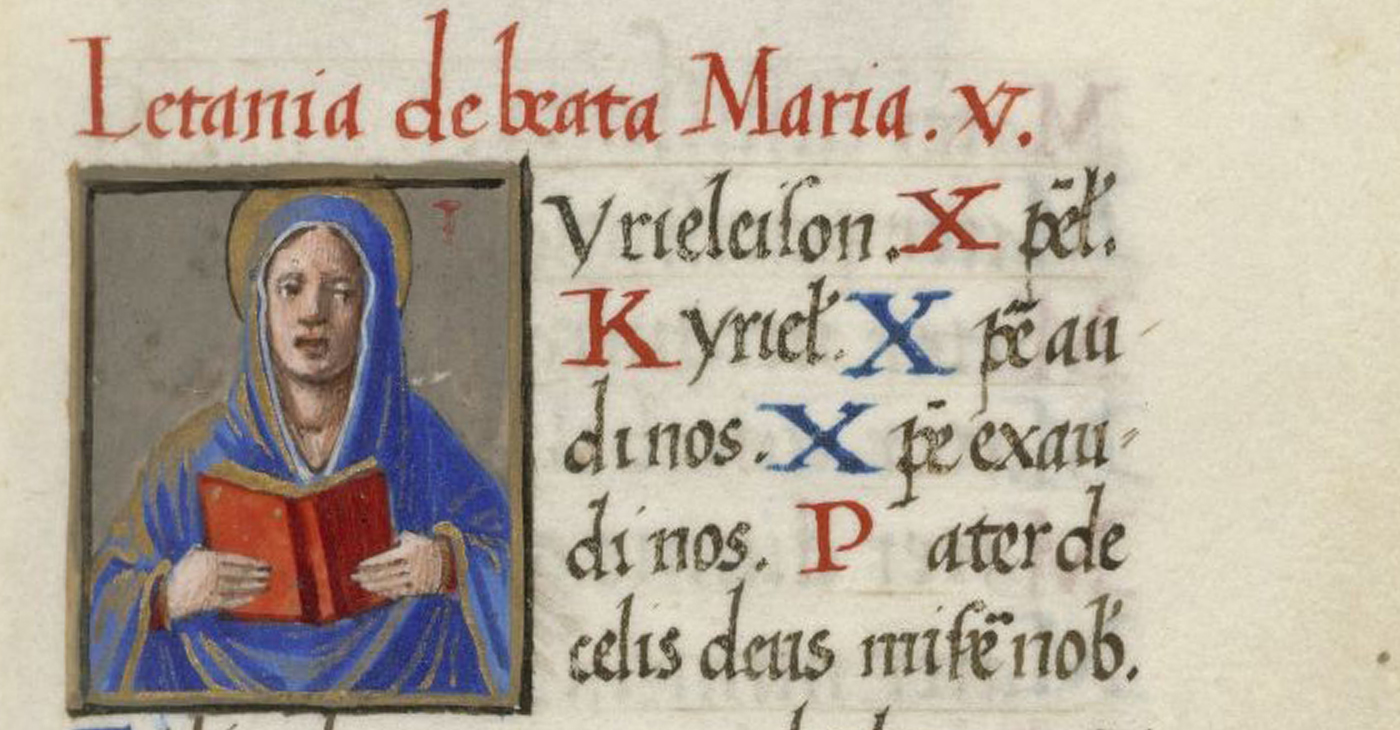
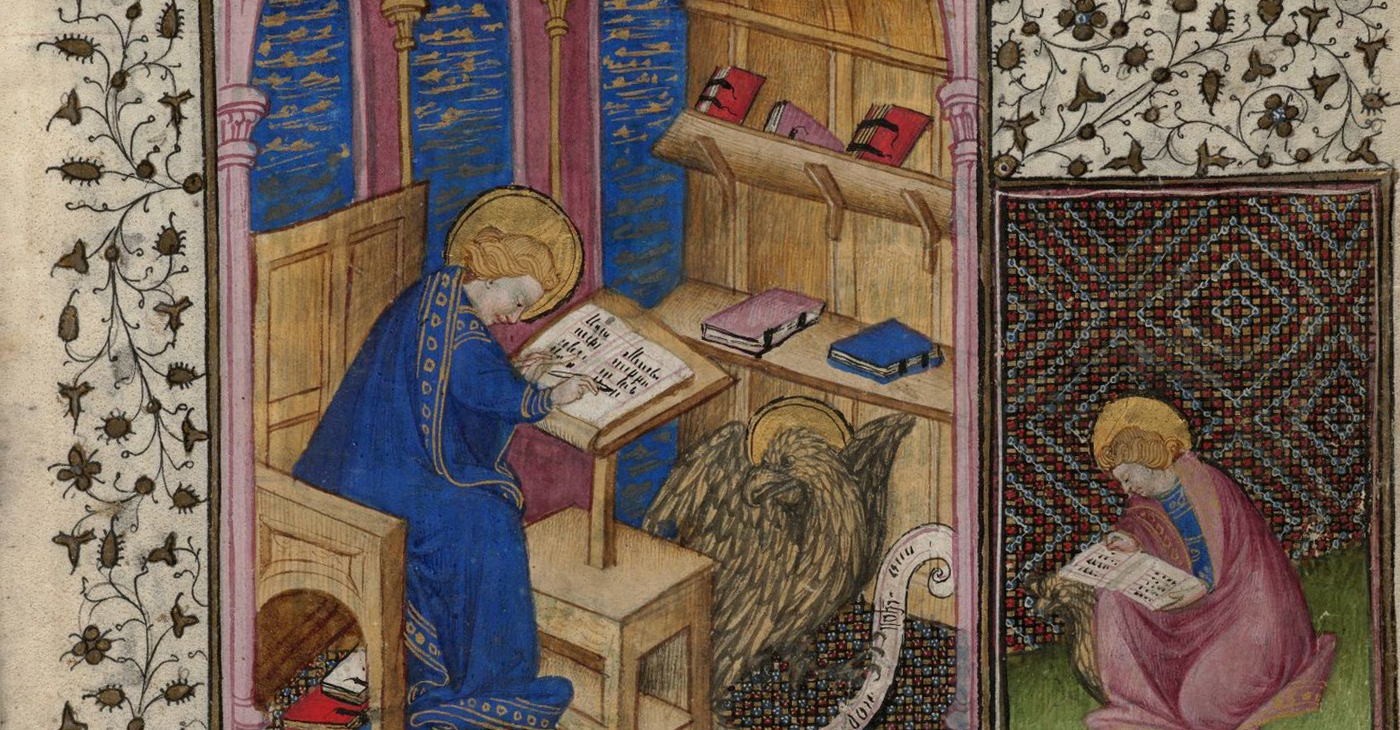
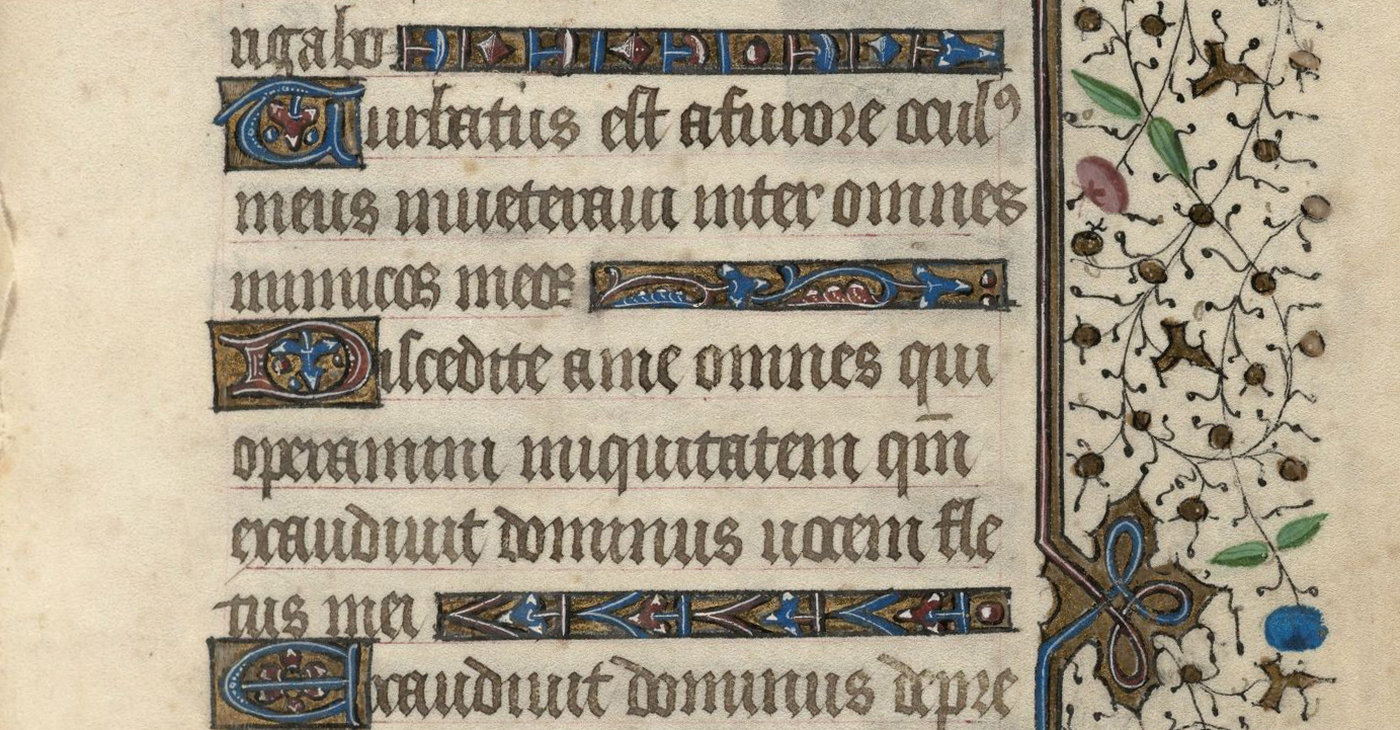
Books of hours are often characterized as the “bestseller” of the Middle Ages. As a genre, they certainly enjoyed enormous, even unprecedented popularity, becoming the prayer book of the laity, monarchs and merchants, lords and ladies, alike. Its popularity, however, was restricted to certain parts of Europe: primarily France, England and the Netherlands. Elsewhere in Europe, for example, in German-speaking lands, Central Europe and even Italy and Spain, where other types of prayer books retained their dominance, it remained relatively rare.
Not all books of hours were illustrated, but they are best known today for their decoration, which can range from the routine in examples mass-produced for the commercial market to the spectacular, as in such famous examples as the Très Riches Heures of Jean, duc de Berry, one of the most famous manuscripts of the entire Middle Ages, or, to take an example from Harvard reproduced in its entirety on this website, the De Buz Hours). The sheer number of books of hours that survive make them an indispensable source not only for the study of late medieval piety and prayer, but also for the history of late medieval art.
Books of hours provide a fairly continuous, dense record of well-preserved medieval painting in numerous locales and centers where most monumental painting, whether murals, stained glass, or panel painting, has been lost. They are also the site of tremendous iconographic inventiveness, with most manuscripts displaying at least some idiosyncratic features that set them apart and open them to interpretation and analysis.
This website is designed to permit you to open some (by no means all) of the books of hours in the Houghton Library’s rich collection of such manuscripts and pore through their pages without travelling to the reading room.